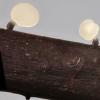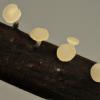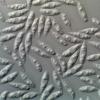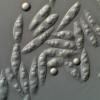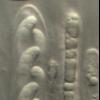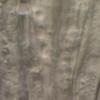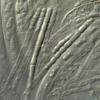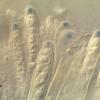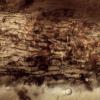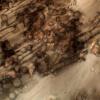
27-08-2025 12:02
Pavol PaloHello dear friendsI would like to ask for sharing

25-08-2025 17:37
 François Freléchoux
François Freléchoux
Bonjour,Nous avons trouvé samedi dernier à l'ét

20-08-2025 19:04
Ethan CrensonHello, This asco was found on the same wood as my

22-08-2025 08:41
Masanori KutsunaHello.Can anyone help me to get this article?Liu H

21-08-2025 02:18
Stefan JakobssonOn a necrotic section of a living Tilia cordata I
Hymenoscyphus aesculi
Chris Yeates,
02-09-2020 19:12

Bonsoir tous
Following on from a previous thread: http://www.ascofrance.com/search_forum/19553 in the same locality (and interestingly also in August) I made a fresh collection of this species, on petioles and leaf-veins of Aesculus hippocastanum. Now, with the advantage of better optical equipment it seems a good idea to add some images, and in the hope that others might look out for this species which seems to favour damp periods in late summer on this host.
What can be seen is the characteristically-shaped spores commented upon by Zotto in the previous thread - in one case (image included) the spores were seen to have formed an elegant spiral within the ascus. Asci have typical Hymenoscyphus-like IKI+ apical apparatuses and no croziers. The paraphyses in this collection showed well the VBs in various stages of development.
Of particular interest was the presence, in one of the large apothecia from a petiole, of obvious crystals in the blackened stem-base - mostly small, but the large conglomerated one in the final photograph measured 20µm at its widest dimension. In the description of Hy. aesculi the absence of crystals is stressed, so they perhaps should be viewed as extremely rare.
Cordialement
Chris
Hans-Otto Baral,
02-09-2020 20:53

Re : Hymenoscyphus aesculi
Bonsoir Chris
great pics!
There are in the meantime 5 sequences from very different arreas, and all concur well.
About crystals: Never seen them here. What would be good is to make a section of the stem base to see if they are inside the medulla or not. This is not difficult, one must cut the stem somewhat above its base and then with a razor blade under the bino a vertical section. Perhaps also a cross section through the stem would work.+
Amicalement
Zotto


